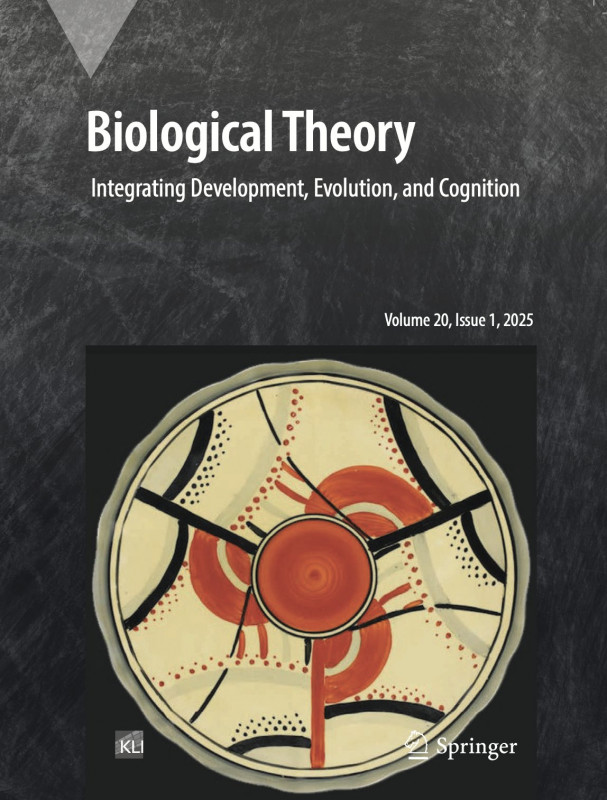News Details

In Biological Theory’s new issue, 20(1), Lorenzo Baravalle and colleagues provide an in-depth consideration of the role of the Price equation in evolutionary biology, concluding that it is a phenomenological description of the evolutionary process rather than having independent explanatory power of its own. Saira Khan analyzes the bases of failures of current explanatory models of cooperative behavior in evolutionary biology. She finds flaws in the game theoretical framing of the problem, as well as (drawing on the example of predation in the social bacterium M. xanthus), inadequacies in characterizing ecological and genomic context.
Johannes Müller and Paulien Koster examine what became known as the “temperature–size rule,” physiologist August Pütter’s mechanistic explanation of the relation between body size and temperature. With updates in light of more recent biological knowledge they show that the more than century old model continues to provide insights on a question of increasing importance in our era of global warming. Also in the issue, Saskia Wilmsen and Christian Kost ask what defines “organismality,” seeking a concept that covers paradigmatic cases (e.g., a lion, a tree) and nonparadigmatic ones (e.g., biofilms, colonial hydrozoans). Their cross-disciplinary definition recognizes that hallmarks of organismality can change depending on a species’ environmental conditions and life stages.
In a historical essay, Ulrich Kutschera and Karl Niklas revisit the work of plant physiologist Julius Sachs from a century and a half ago in which he proposed using comparative studies to understand the origins and evolution of sexuality. The authors show how Sachs’s work anticipated current understanding of the role across phylogenetic kingdoms of HMG-box genes in sex determination as well as the meaning of homology in evolution.
The March issue also debuts the new cover for 2025, which features the Red Carpet design by Clarice Cliff, one of the 20th century’s most influential ceramics painters. The cover image (courtesy of Fieldings Auctioneers) is from a 30 cm diameter ceramic wall plague, circa 1930.
To catch up on our December 2024 issue, here are links to the articles from 19(4):
The Conceptual Ecology of “Dysbiosis” by David Kelley
Agency as an Inherent Property of Living Organisms by Bernd Rosslenbroich and colleagues
Developmental Axioms in Life History Evolution by Liam Taylor and Richard Prum
Ancient Inner Feelings: Interoceptive Insights into the Evolution of Consciousness by Asier Arias Domínguez
Homoplasy as an Evolutionary Process: An Optimistic View on the Recurrence of Similarity in Evolution by Marcelo Domingos de Santis
Mismatch Resistance and the Problem of Evolutionary Novelty by Jonathan Egeland
and our acknowledgment thanking the Referees for Volume 19!

